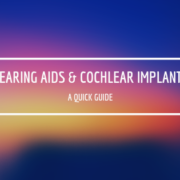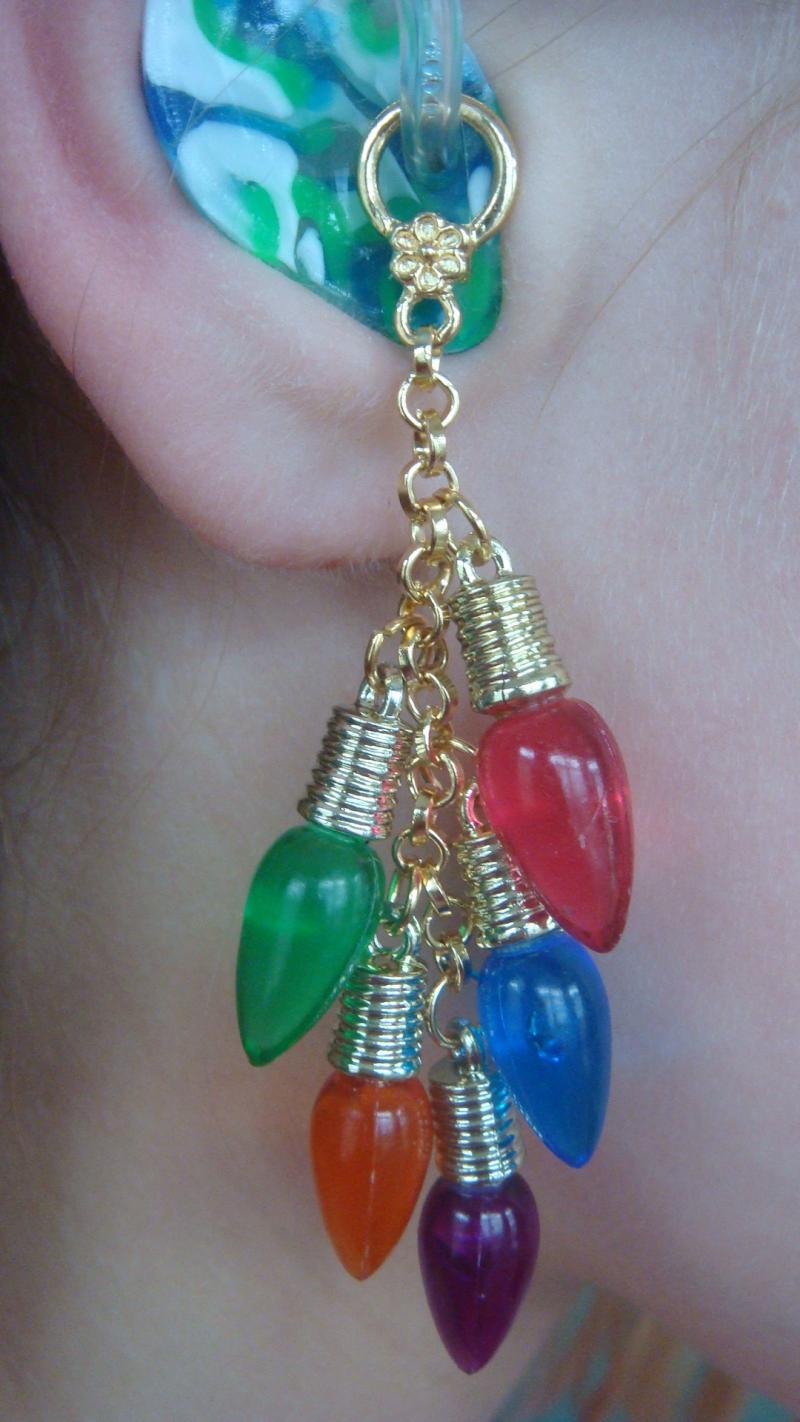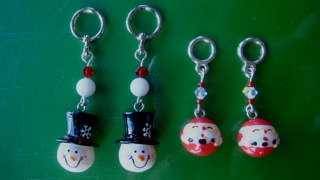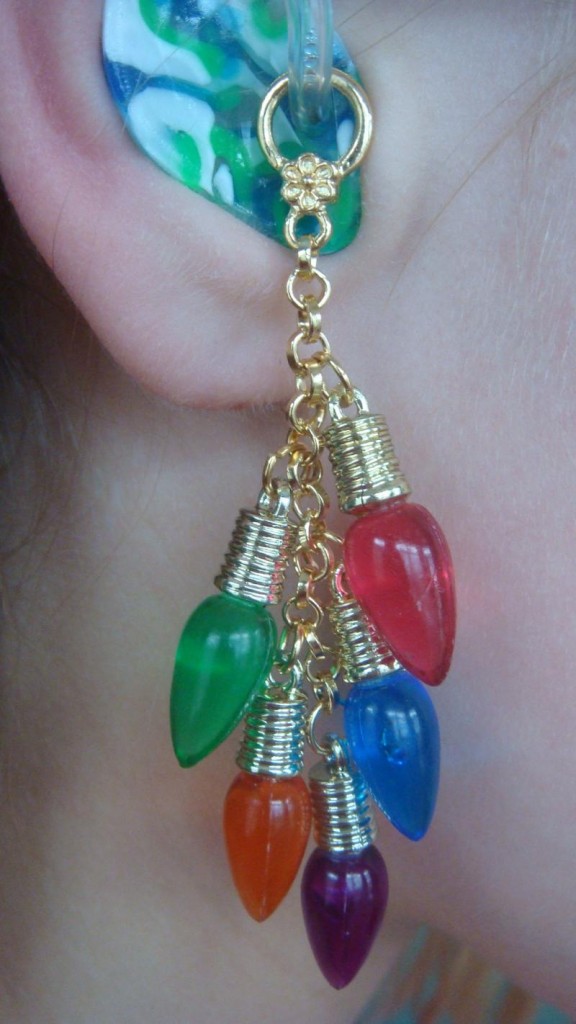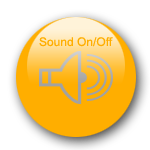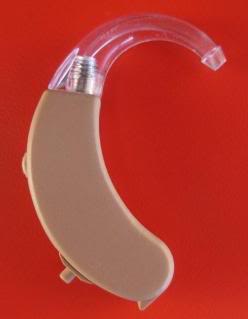Blog
The limitations and benefits of hearing aids
/11 Comments/in Diversity and inclusion /by Tina Lannin#ICAN : Hayleigh, hearing aid charms
/1 Comment/in Diversity and inclusion /by Tina LanninHi! I’m Hayleigh and I am 15 years old and the designer and creator of Hayleigh’s Cherished Charms. When I was 18 months old, I was diagnosed as severe to profoundly hard of hearing. When my parents heard the news, they made a decision that impacted my life forever. They hid my hearing aids.
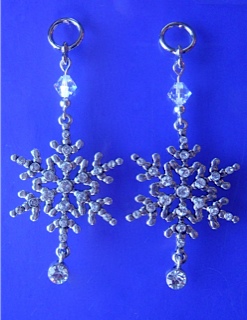
At age 4, I attended a school for hard of hearing children. I noticed that a lot of kids tried to hide their hearing aids behind their hair. I wanted to make my hearing aids shine and be fancy. I wanted to be proud of my hearing aids!
I started drawing pictures along with my sisters showing how I could make my hearing aids shine. My mom helped me make our designs into jewelry and tube twists for my hearing aids. They were so fancy. Other kids and adults started wanting them too! And so with the help of my mom and dad, I started my own little business…Hayleigh’s Cherished Charms.
I have my own work area at my house where my sisters and I make all of our products for hearing aids and cochlear implants. All of our charms can be made into pierced and clip-on earrings too so that siblings, parents, and friends can match and join in the fun.
I have applied for several provisional patents on my creations and a full patent!
In October 2010, I was awarded first place in the student category for Oticon’s National Contest, Focus on People. They recognized my business because I am determined to help others feel confident and comfortable with their hearing aids!
I donate 10% of every sale to hearing research and schools that dedicate their time and resources to help the hard of hearing. It is my goal to help children and adults with hearing loss feel good about their hearing equipment while supporting the schools and research that help us!
Peer Lauritsen, the president of Oticon had this to say about me and my business….
Individuals like Hayleigh Scott are inspiring role models for people living with hearing loss. Through her achievements and contributions, she has shown us that hearing loss does not limit a person’s ability to make a difference in their families, their communities and even, the world. By recognizing outstanding individuals such as Hayleigh, we aim to motivate people to speak with hearing care professionals about hearing loss and the hearing solutions that can empower them to participate actively in all that life has to offer. – Peer Lauritsen, President of Oticon, Inc.
Since winning the Oticon award and opening my business, I have been interviewed for books, magazines, and been asked to speak at conferences and conventions. It amazes me how a little idea to help people feel better about themselves has blossomed into a full scale business.
My goals are to continually make quality products at affordable prices for anyone who wants them, to continue to have very personalized service, to actively support schools and research for the hard of hearing and deaf, and to inspire the young and old to celebrate who they are! Audiologist, Dr.Michele Labrie had this to say about my business ;
Hayleigh is one of the most inspiring and creative patients I have seen. She has embraced her hearing loss and hearing instruments in the most positive way to make herself even more beautiful than she already is. Her Cherished Charms have helped people of all ages feel more beautiful and more confident about wearing hearing devices.
Hayleighs Cherished Charms cherishedcharms@gmail.com
Understanding cochlear implants and hearing aids
/0 Comments/in Diversity and inclusion /by Tina LanninWhen you’re trying to find a solution to your hearing loss problems any device or procedure can seem like a glimmer of hope, especially once you’re introduced to the concept of cochlear implants. While both hearing aids and cochlear implants are designed to provide listening assistance to the hearing impaired they’re used for different purposes and their operational attributes are anything but the same Here are the main differences between cochlear implants and hearing aids:
Primary Differences in Functionality
First of all, hearing aids are devices that amplify sound waves in certain frequencies and then project those sounds towards the inner ear where they can be processed by the auditory nerve. This is the main goal of a hearing aid – to capture, analyse, and amplify sound waves in order to correct specific frequency-based deficiencies in hearing.
A cochlear implant on the other hand is designed to capture the sound with an externally located receiver and then transfer the signal to an in internal stimulator that is surgically implanted into the mastoid bone behind the ear. The stimulator then translates the sound signal into an electrical impulse that is sent along the auditory nerve directly to the brain to be interpreted as sound. For this reason you can’t make on-the-go adjustments to the sound preferences in your cochlear implant and the features are much more limited.
Primary Differences in Cost and Maintenance
A cochlear implant surgery can be expensive if you don’t have any financing or insurance to assist you with the cost. When you consider the fact that you’ll be stuck with that model of implant for quite a while (as another surgery will be the only way to upgrade) you’ll realize that cochlear implants are more expensive in the long run.
You can buy one pair of hearing aids and then trade them in for an upgrade with your supplier in a relatively flexible manner, upgrading as you see fit when new technology becomes available. Hearing aids are also easy to remove and thoroughly clean; most come with a manual on how to perform maintenance and even accessories like ear wax removal kits.
Furthermore, performing maintenance on your cochlear implant is not something that can be done at home, as can be done with a pair of conventional hearing aids. That is of course unless you’re willing to perform surgery on yourself and attempt re-implanting the device in your skull (neither a feasible nor safe endeavour to attempt).
Conclusion – Which Should You Use?
Realistically cochlear implants and hearing aids should not even be compared because individuals who are truly in need of a cochlear implant would likely not benefit greatly from hearing aids and vice versa. If you have slight hearing loss then cochlear implants are probably not an option you want to consider, as the surgery and costs involved are not warranted unless your hearing loss is severe. Therefore, individuals with minor to moderate hearing loss should opt for a pair of hearing aids that they can easily replace or adjust if need be. Individuals with severe hearing loss may want to consult with their audiologist about the possibility of opting for a cochlear implant. In summary, a cochlear implant is the best option only when it is the only practical option left.
Author Bio: Paul Harrison is a knowledgeable and experienced blogger specializing in covering topics that help people make decision in their everyday lives. He’s currently venturing with YourHearing.co.uk, a leading retailer of assisted listening devices in the United Kingdom.
Advantages and disadvantages of wearing hearing aids
/23 Comments/in Diversity and inclusion /by Tina LanninIf you’ve recently been diagnosed with some form of hearing loss and are debating whether to buy a pair of hearing aids you’ll want to start by considering the advantages and disadvantages of wearing “assisted listening devices” to see if the pros outweigh the cons in your particular situation. While the benefits of wearing hearing aids are obvious to most people, there are also some significant disadvantages that come to mind, especially if you’ve not yet gotten accustomed to wearing hearing aids in public. To help make your decision easier we’ve compiled the main advantages and disadvantages of wearing hearing aids into a neatly organized list below for your reference:
Advantages of Hearing Aids
Aside from the primary benefit of improving overall hearing proficiency, wearing hearing aids offers the following advantages:
- Enhanced Directional Perception
If you hear better in one ear you may find it difficult to locate where sounds are coming from because your usual perception is off due to the fact that you’re receiving input of a decreased volume from one side while the other side is hearing frequencies loud and clear. If you have such problems with directional perception, hearing aids can correct this by balancing out your frequency levels in both ears. This is not only a convenience but also an added safety accessory because it can help you locate incoming objects, people, or vehicles during an unexpected accident, mishap, or collision.
- Improved Conversational Comprehension
Hearing aids do a good job of amplifying the starts, stops, and high-pitched sounds that are common in speech. People with hearing loss may find it difficult to distinguish sounds like “th” or “s” from one another, and whispering is especially challenging to comprehend. With hearing aids you’ll be able to hear the “S” in the word “she” instead of mistaking it for the word “he” or “the.” With an enhanced ability to comprehend speech in conversation you’ll find yourself caught in fewer awkward social situations because you won’t experience as many miscommunications.
- Targeted Amplification of Specific Voices or Sounds You’re Trying to Focus On
Today’s hearing aids can detect which voice you’re trying to listen to and make it more pronounced. You can even have multiple profiles saved with each one containing set preferences for a specific type of environment. For example, you could have one preset programmed to match the acoustics in your living room, while another preset is set to cancel noise and clarify speech at your favorite restaurant. This feature simplifies the process of comprehending speakers in crowded environments while also streamlining environmental adjustments on-the-go.
- Available in a Variety of Styles and Configurations
There is a common misconception that hearing aids have to be ugly or easy-to-notice. Nowadays hearing aids come in a wide variety of styles and configurations, including super stealthy models like the Completely-in-Canal (CIC) or Behind-the-Ear (BTE) configurations, both of which do an excellent job of concealing the receiver so that it is not obvious to onlookers. Alternatively, there are also some quite stylish, yet more noticeable models that incorporate a broad range of colors, shapes, and custom molds for a sleeker appearance.
Disadvantages of Hearing Aids
Of course most people would find fewer disadvantages to wearing hearing aids, as there really aren’t that many, but of the potential shortcomings that do exist, the following are the most notable:
- High Price
Yes, it is true that hearing aids can be costly, with a top-of-the-line brand new model costing about $2,000 per pair. However, some would argue that a couple thousand is a nominal price to pay when you consider how much you can improve your quality of life by having your hearing restored to comfortable levels.
- Potential Discomfort
If you choose the wrong configuration type or style, or the custom mould is not fitted properly, you could encounter some discomfort. However, this is usually an easy fix as a simple visit to your audiologist will get you on track with a more suitable model. Then there is also the potential for social discomfort when wearing the hearing aids in public, particularly if you’re conscientious about letting other people know that you’re wearing them.
- Maintenance Issues
Finally, keep in mind that you may have to perform maintenance on your hearing aids from time to time. This may include removing any built up ear wax from the casing. Fortunately, most hearing aids come with a cleaning kit and instructions on how to maintain the device.
Author Bio: Paul Harrison is a dedicated blogger with a passion for sharing content that enriches the experiences of others. He’s currently in collaboration with YourHearing, a renowned online provider of digital hearing aids based in the United Kingdom.

